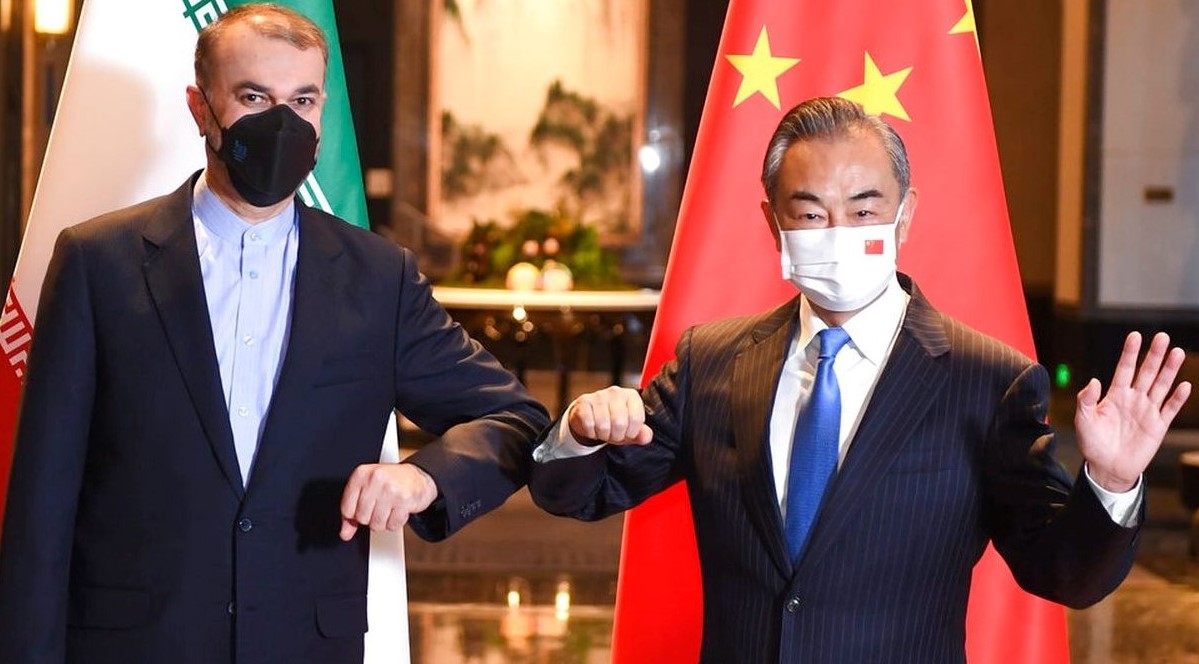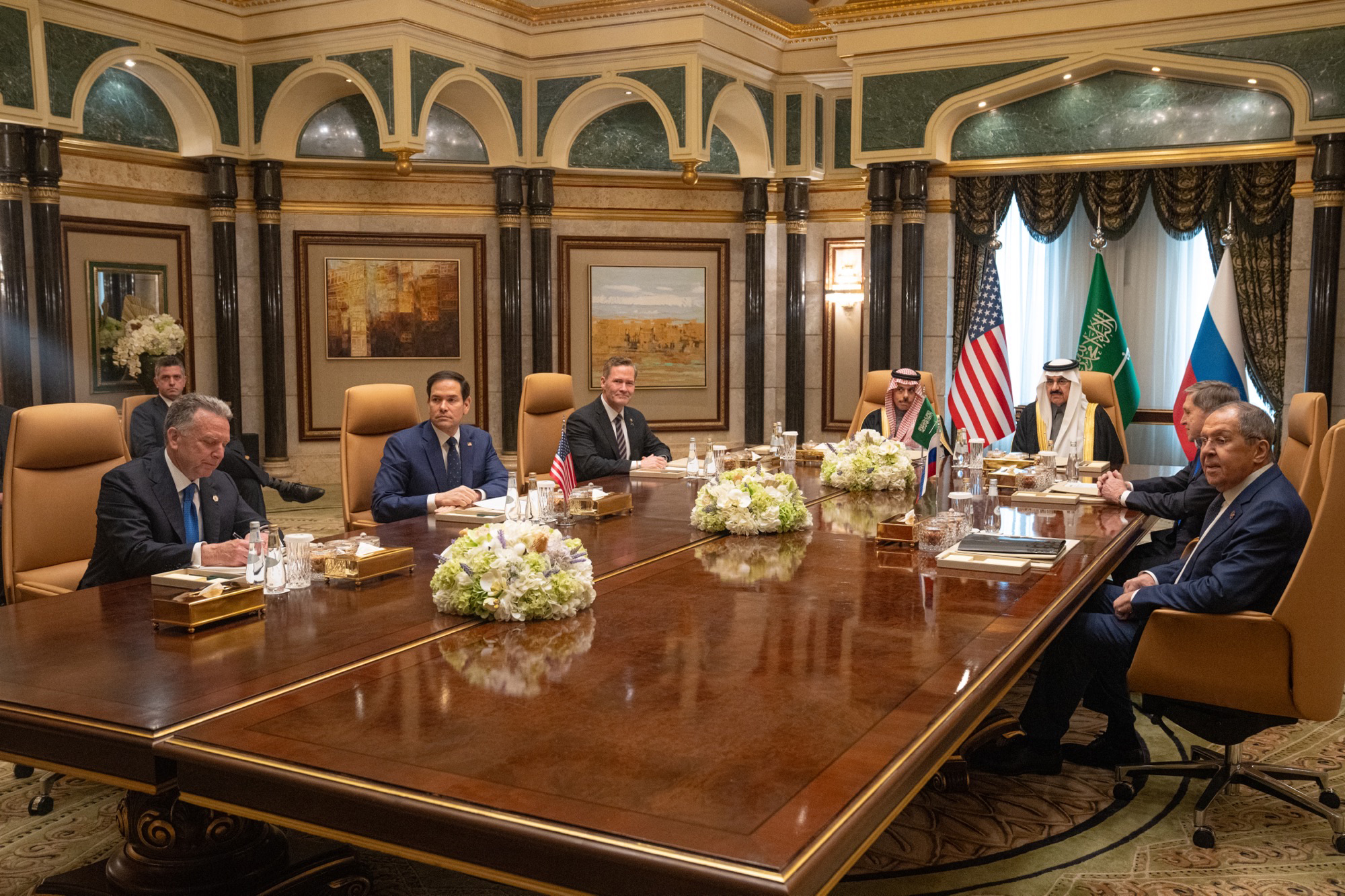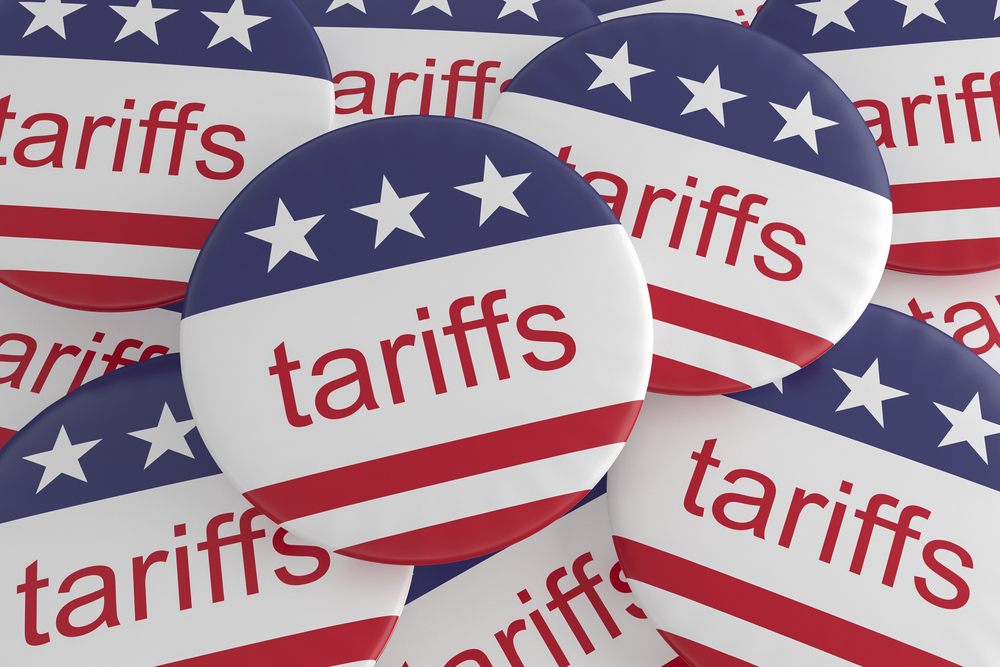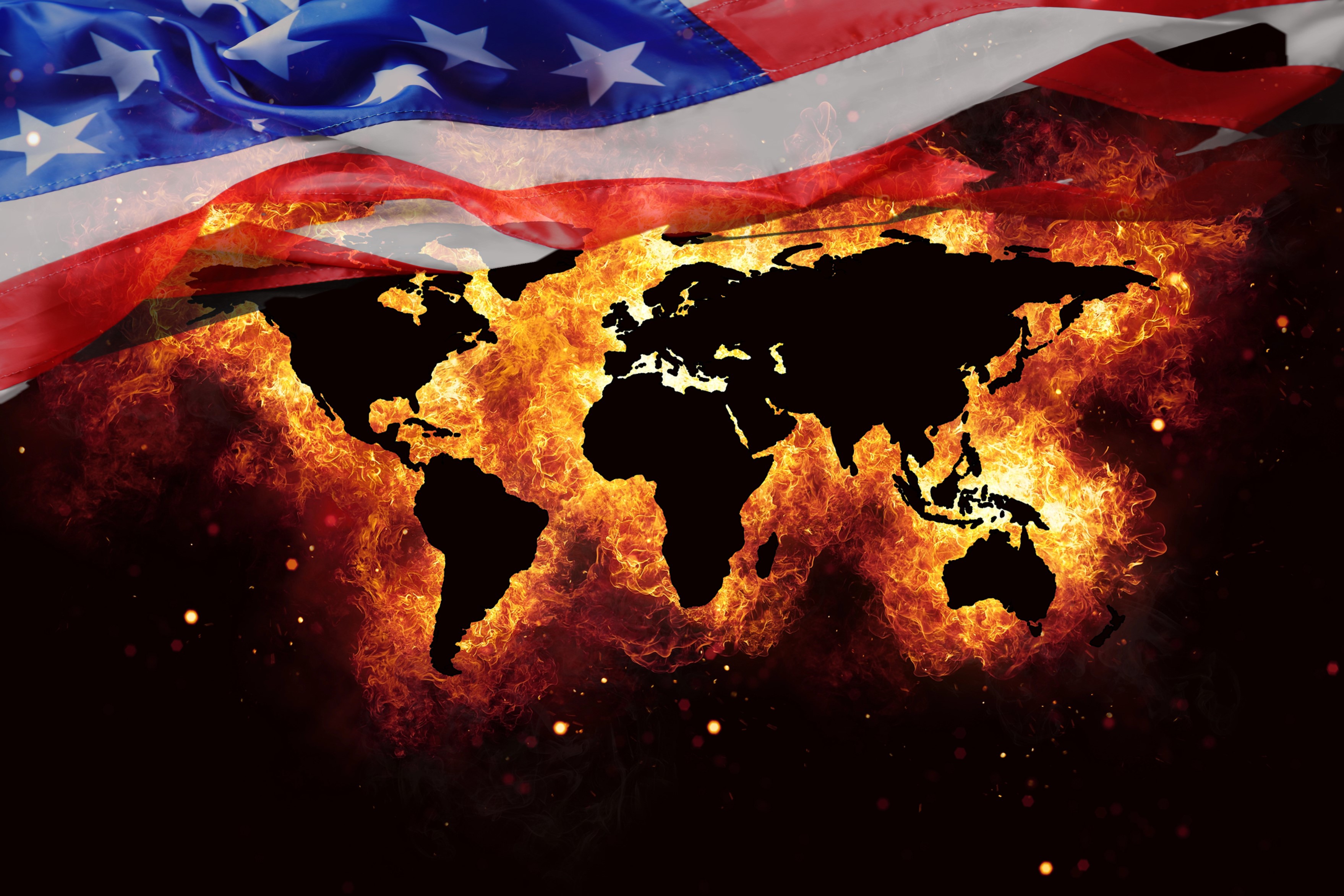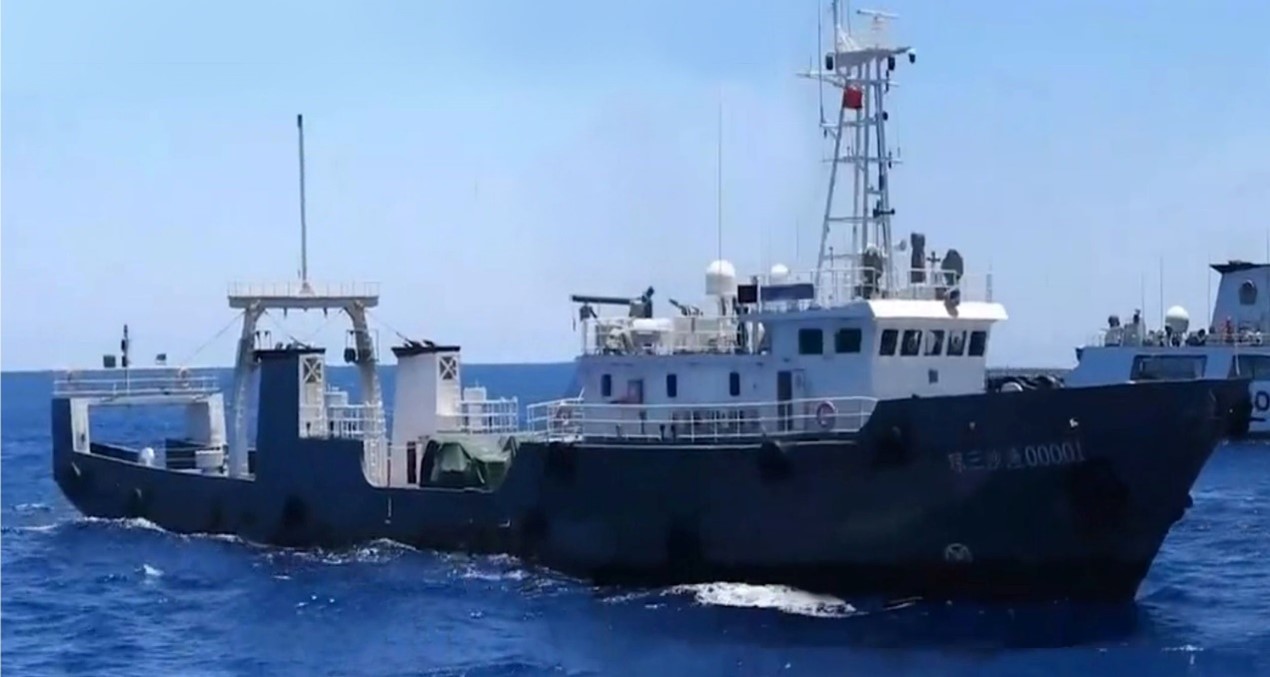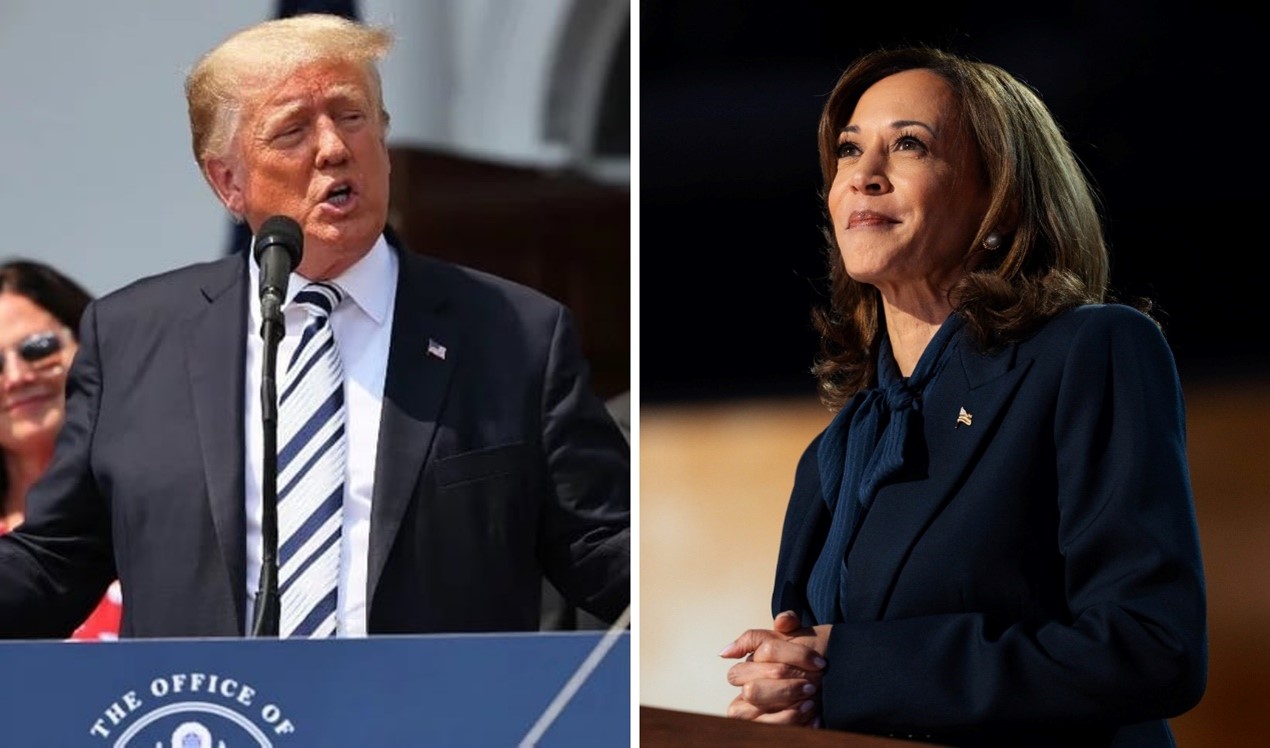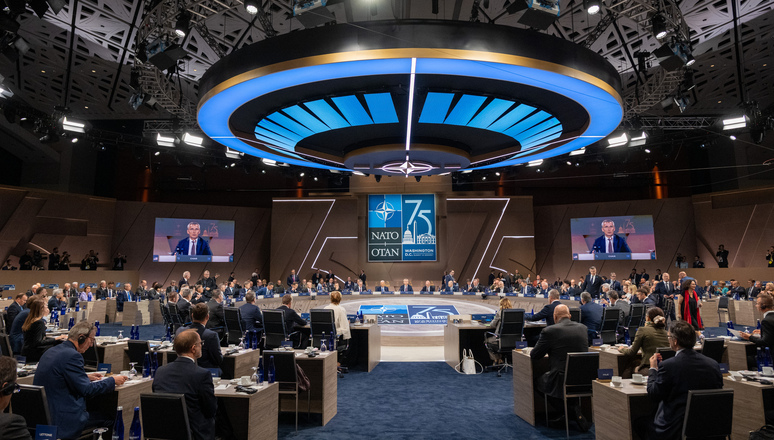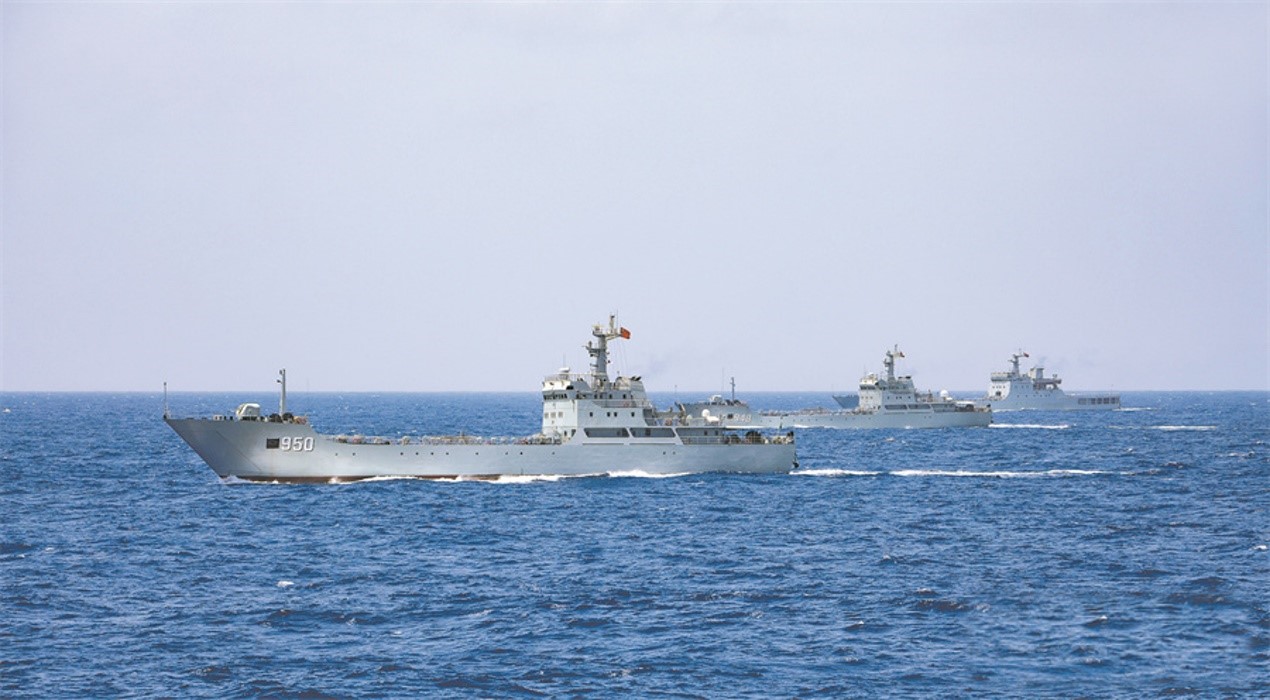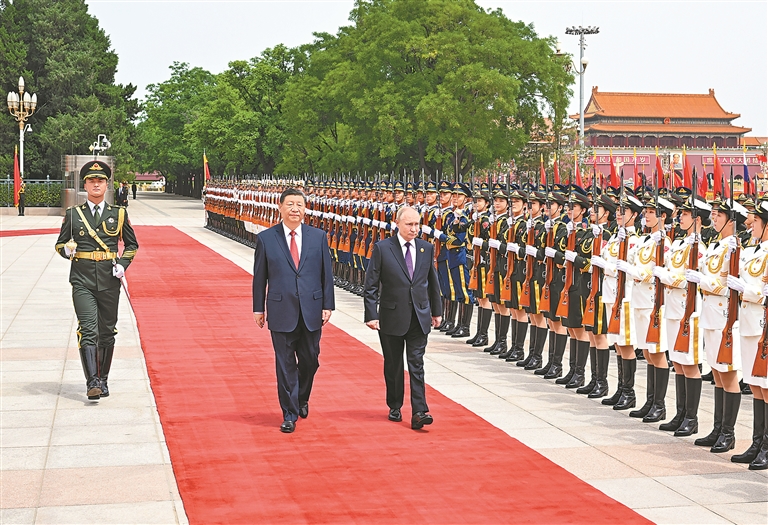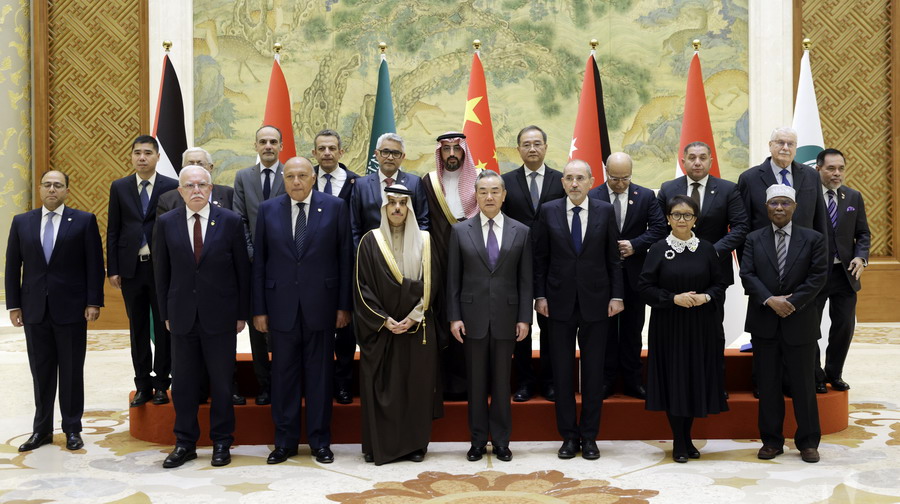In this era of tense confrontation between China and the U.S., Iran’s alignment of interests with those of China will act as a “counter-hegemonic” move that will undermine the U.S.’s strategic position in the Middle East, and its symbolic power elsewhere, to an as yet unknown degree.
Picture source: MOFA, China, January 15, 2022, MOFA, China, https://www.fmprc.gov.cn/web/wjbzhd/202201/t20220115_10495894.shtml
Prospects & Perspectives 2022 No. 16
Regional Implications of China-Iran Strategic Ties
By Alam Saleh
March 25, 2022
The Iran-China strategic partnership benefits both parties in terms of several aspects of security, among them energy security, economic security, political security, and military security. Equally importantly, in this era of tense confrontation between China and the U.S., Iran’s alignment of interests with those of China will act as a “counter-hegemonic” move that will undermine the U.S.’s strategic position in the Middle East, and its symbolic power elsewhere, to an as yet unknown degree. China’s geopolitical move into the Middle East is gradual and steady, but it is carefully calculated — designed not to frighten, or evoke rash responses by, regional or international powers. This iterative, cumulatively expanding approach may not last long. For now, however, a region-by-region strategic expansion process continues; Beijing knows it cannot come to dominate the world at once; it is seeking to achieve dominance over Asia first, with the Iran partnership constituting a tentative first move into the Middle Eastern arena.
The rise of global major and middle powers is challenging U.S. hegemony in several regions, including the Middle East. Other regional powers across the world, such as Iran, Turkey, Pakistan, and India, are increasing their power. They are ever more observant of the ongoing transformation of the global international power dynamic into a multi-polar complex, set against a broader backdrop of pronounced bipolarity between the United States and China. Such a deep and sustained power transition requires new alliance-making in key regions like the Middle East, South Asia, and Southeast Asia. The global rise of China will inevitably undermine Western power and influence to varying degrees.
From the early 2000s, China adopted a new approach in its grand strategy of achieving a “great rejuvenation of the Chinese nation.” The approach shows Beijing’s willingness to act globally and more assertively. Beijing has set the key objective of raising China’s profile on the international stage, by promoting the “Chinese Dream” discourse, creating critical military and commercial hubs, and building new relationships from those with Chinese neighbors to those with Sudan. It has also sought to increase control of key strategic straits such as the Strait of Malacca, the Lombok Strait, the Strait of Mandab, and the Strait of Hormuz.
Strengthened Iran-China relations would have tangible effects on the geopolitics of the Middle East. A strong strategic relationship between Beijing and Tehran will have enduring impact on U.S. power and influence in the Middle East. Such a strong relationship will also affect other neighboring regions such as the Indo-Pacific and Central Asia. Beijing’s support of Pakistan is, for example, targeting India, and its support of Iran is directly aggravating the United States; both partnerships serve China’s global strategic plans, and China has growing geopolitical power and influence in the Indian Ocean and the Persian Gulf.
In the long term, the continuance of the partnership would sustain Iran’s prominence in the Middle East and bolster China’s position globally. What distinguishes China’s relations with Iran from those with other countries in the region is their distinctly anti-American hegemony policies, Iran’s political independence, and Iran’s urgent need for China’s politico-economic support in its confrontation with the West.
Such a strategic partnership would guarantee Iran’s economic stability, its technology supply, and its international political support, at least in the UN Security Council, particularly with Tehran maintaining non-compliance policies pitched against the U.S. It would also boost Iran’s bargaining power in its ongoing confrontations with the US. For China, Iran is geopolitically perfectly located right in the heart of the Middle East, and Iran can protect China’s energy security, enabling Beijing to accomplish its Belt and Road Initiative, and creating positions for military and intelligence bases for China if and when needed.
The establishment of this partnership coincides with Iran’s extension of its wide-ranging strategic plans in the Persian Gulf, the Oman Sea, and the Arabian Sea, and with China on board Iran can even pursue its interests more fervently in the Indian Ocean. Iran’s two strategic ports in the Oman Sea — Chabahar and Jask — and its 1,000km oil pipeline plan which would bypass the Strait of Hormuz, are intended to reshape the geostrategic coordinates of the region. China can benefit from such a regional disruption by bolstering its control over the Strait of Hormuz, and its influence in the Persian Gulf, in the near future. Some of Iran’s most strategically placed ports are located in the Persian Gulf, accessible to regional rivals and to the U.S. Navy base in Bahrain, and the closure of the Strait of Hormuz would have an impact on Iran’s oil exports and trade.
Tehran, therefore, is seeking to extend its strategic zone of influence from the Persian Gulf to the Oman Sea, with three core underpinning intentions: (i) to avoid the conflict zone and use a more secure zone; (ii) to bypass the Strait of Hormuz; and (iii) to enable increased access to the Indo-Pacific region, the so-called “deep water.” By developing the Chabahar and Jask ports, Tehran has shifted its security focus from the tense Persian Gulf region to the Oman Sea. Beijing can thus evade the imperative to maintain a stake in one of the most strategically important, and volatile, regions in the world, and it can monitor the flow of oil exports from the waterway, permanently counterbalancing the power of both the United States and India in the region.
Beijing and Tehran are both motivated to undermine U.S. global hegemony and both have faced sanctions and pressure, as well as what they perceive to constitute aggression, from Washington. A relatively strong and independent Iran in the Persian Gulf region would help China achieve its military and political interests in the region but also tighten its energy security, amplifying its presence in the Middle East and realizing its Belt and Road Initiative from Iran through to the Middle East, Europe, Central Asia, and Caucasia. Tehran’s policy of non-alignment with Western powers gives the regime full freedom to decide on preferred alliances by itself. Furthermore, for Tehran, by securing its ongoing survival and improving its position and power in the region, the partnership will provide the state with a great deal of bargaining power in its interactions with the West.
Ultimately, geography matters. Located in one of the most strategically vital regions of the world, Iran is trying to utilize its geographical importance to enhance its global position. To better comprehend strategic alignments in Iran-China relations, and to ascertain the possible consequences of increased cooperation, it is necessary to look at them against the broader context of global and regional developments, and accounting for the great power political dynamics that will define the the foreseeable future.
While the swiftly formed economic and security partnership between China and Iran is characterized by a complexity that makes its true impact difficult to discern, it will inevitably have serious regional, extra-regional and international effects. Increased Sino-Iranian strategic alignment suggests that perceived conditions for security and perceptions of threat will undergo seismic changes in the near future, with new patterns of partnership reshaping the geopolitics of the region.
(Dr. Alam Saleh is a lecturer in Politics and International Relations (Iran and The Middle East) at the Centre for Arab and Islamic Studies, Australian National University. He is also a council member of the British Society for Middle Eastern Studies.)


